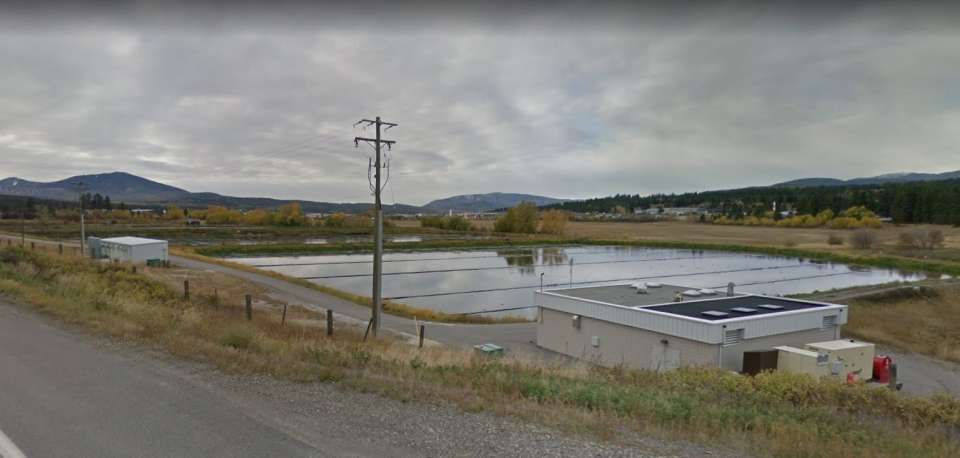Cranbrook, BC (June 28, 2022) – Phase two upgrades to the City’s wastewater lagoons at the north end of the community is set to begin the week of July 4, 2022 starting with contractors undertaking the removal of sludge from lagoon Cell One.
 The desludging operations is an important step in the overall project, which will help significantly reduce the odour issues that have been occurring for the past several years. However, the odour may be much more noticeable once the desludging work starts.
The desludging operations is an important step in the overall project, which will help significantly reduce the odour issues that have been occurring for the past several years. However, the odour may be much more noticeable once the desludging work starts.
“It is important for the public to understand that the odour issues may increase significantly once the desludging and berm upgrade work is started,” says Curtis Penson, Manager of Engineering and Field Services with the City of Cranbrook. “Once the work is finished though, we will notice a very significant improvement in the odour issue – short term pain for long term gain essentially.”
Other important items in the phase two work at the lagoons includes berm upgrades; bypass piping and diffuser upgrades at Cell One. The upgrades of this project are required to bring cell 1 into compliance with the City’s permit with the Ministry of Environment to discharge municipal effluent.
The City will provide regular updates to the public through this phase.
The first phase of this project - installation of a new trunk main that enters the lagoons from the intersection of Victoria Avenue and Highway 3 - was substantially completed in 2021 at a value of nearly $4.5 million.
This important project would not have been able to be completed without more than $7.3 million dollars in funding from both the Government of Canada and the Province of British Columbia, awarded in early 2021.
More than $4.1 million in project funds is coming from the Government of Canada’s Investing in Canada Infrastructure Program (ICIP) – BC - Rural and Northern Communities Infrastructure Stream (RNIS), and over $3.2 million is provided by the Province of British Columbia. The City is contributing a total of $822,066 to the project.
The City of Cranbrook gratefully acknowledges the financial commitment of both the Government of Canada and the Province of British Columbia toward this important environmental work.
 Cranbook
Cranbook


